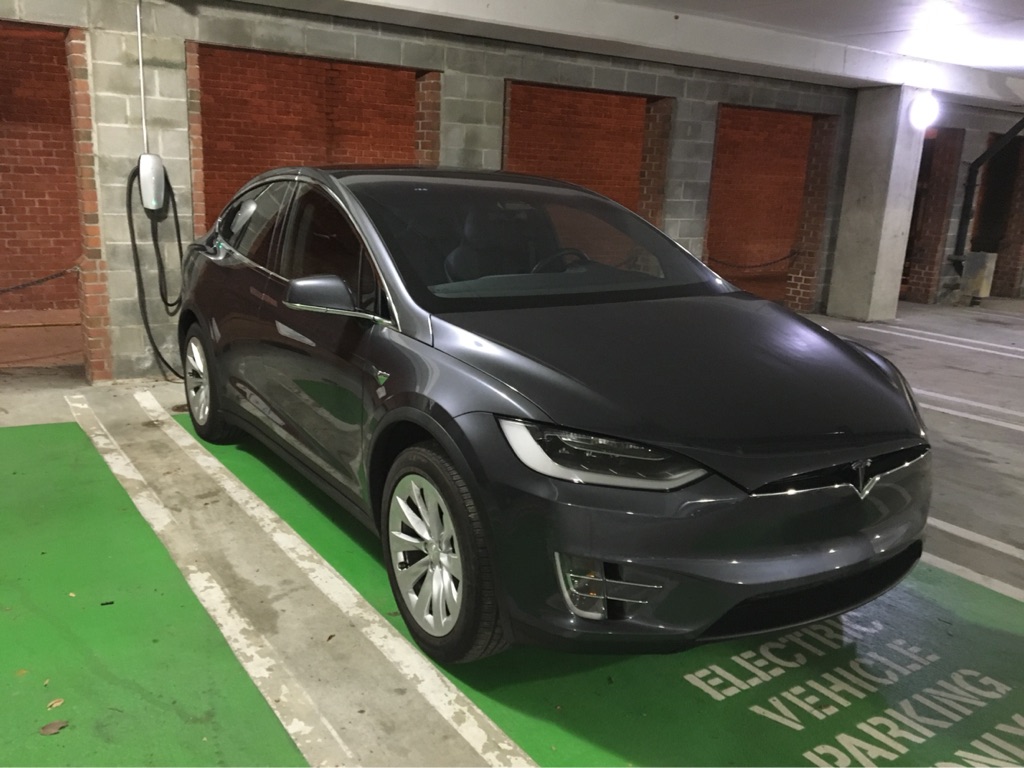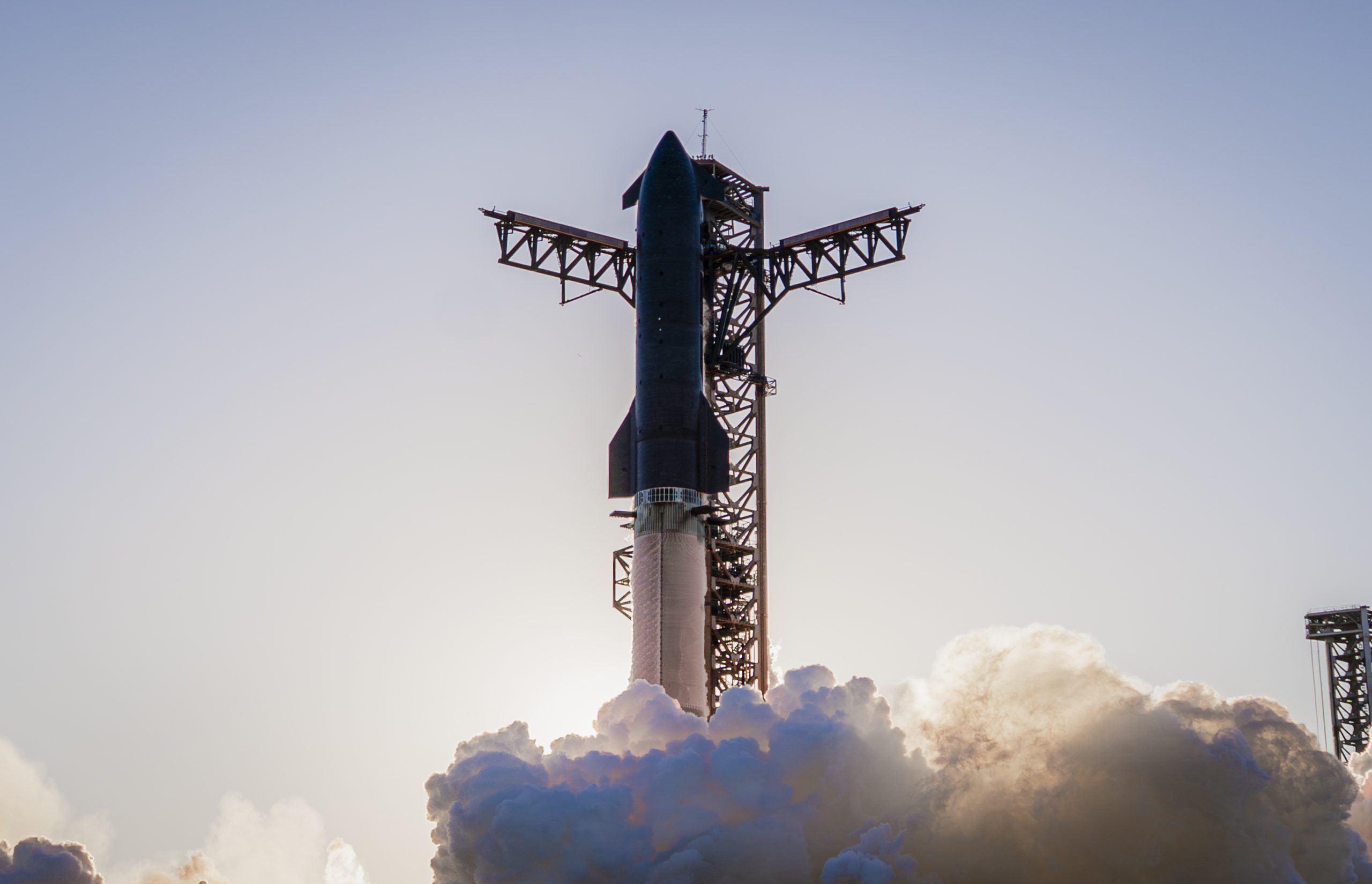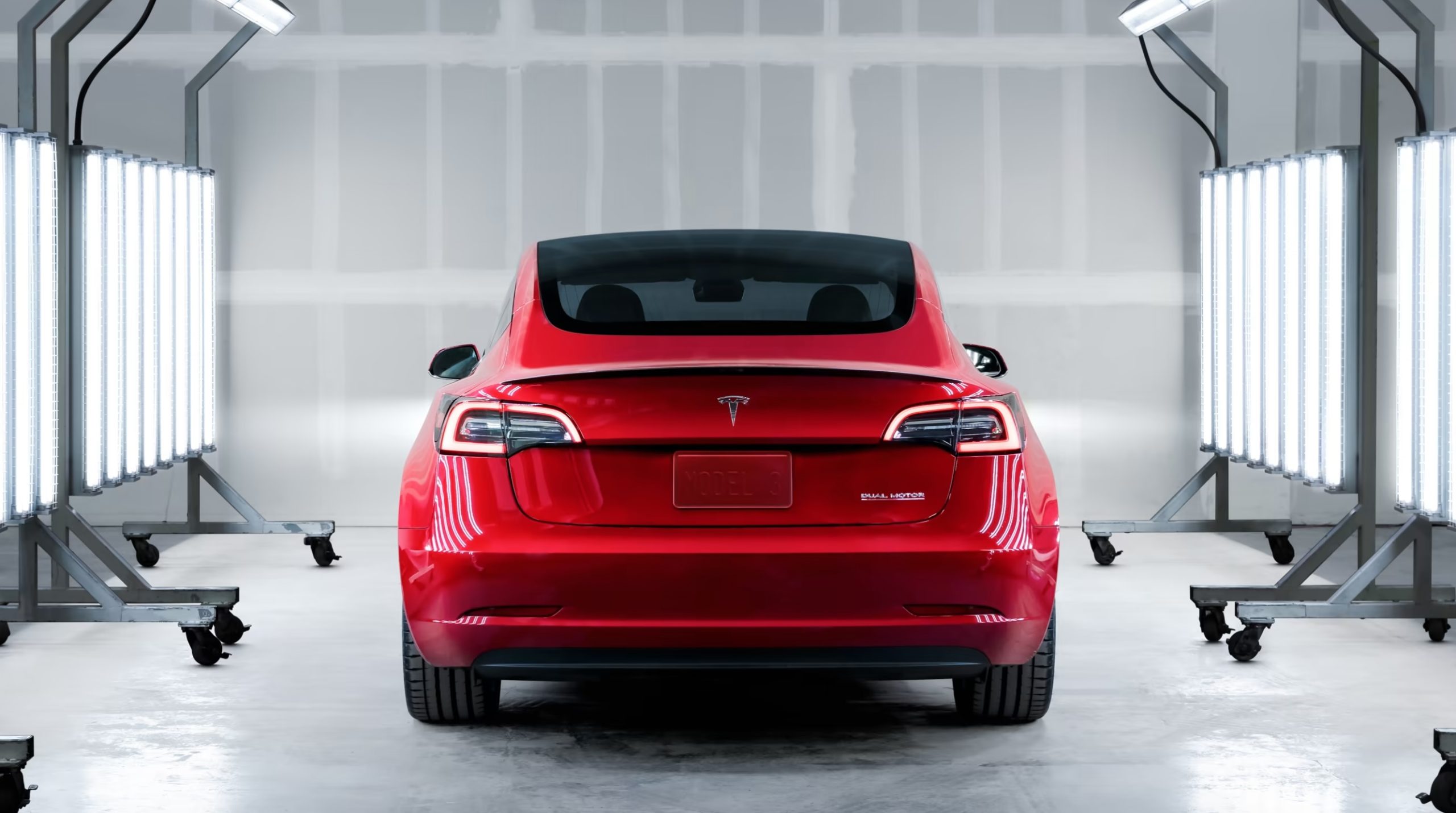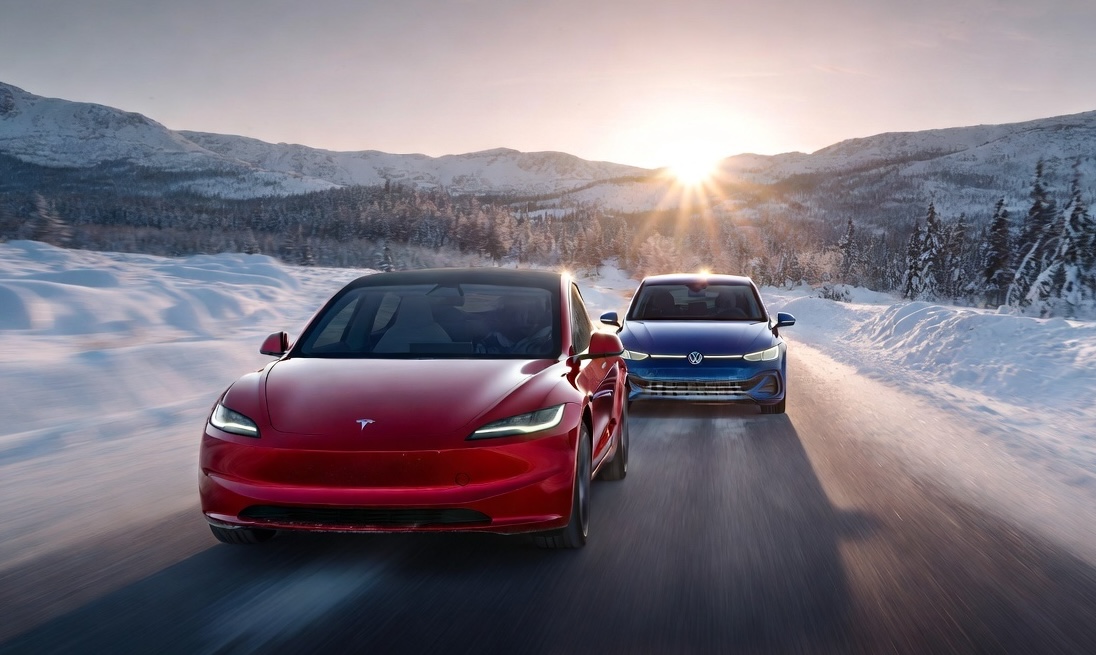

News
EV adoption spurs updated guidance on parking structure design
As electric vehicles (EVs) become increasingly common on roads around the world, many infrastructural changes will be needed to accommodate them. One example includes the design of parking garages, which some say will require updated fire safety protocols and additional modifications to accommodate the heavy weight of EVs.
The United Kingdom’s Institution of Structural Engineers released a new design guidance for parking garages earlier this year, pointing out a broad range of topics related to the structures, from EV weight, charging access and reduced noise levels to fire safety considerations (via CNBC). The guidance includes suggestions for the design of garages that are multi-story, underground or simply located inside offices or residential buildings.
Perhaps the most pressing topic included in the guidance for parking garages — called multi-story car parks in the U.K. — is the battery hardware used in EVs, which makes them much heavier than internal combustion engine (ICE) vehicles. With increased range models and a wider span of vehicle classes, EV weights will likely continue getting heavier in the future.
“This extra load and the changing fire safety requirements are all considerations not just for new car parks, but for existing structures too,” the institution writes in the report.
According to the group, average vehicle weights have increased from 1.5 metric tons (3,307 pounds) in 1974 to almost 2 metric tons (4,409 pounds) this year. As one example, Tesla’s forthcoming Cybertruck is a stainless steel behemoth, expected to weigh somewhere between 5,000 and 8,000 pounds (2.3 to 3.6 metric tons).
Institution fellow and co-author of the guidance Chris Whapples also notes that some newer EVs are well over 3 metric tons (6,614 pounds).
“The thing to bear in mind is that the ones that cause the damage, if you like, are the heavy vehicles — not the vehicles that are heavier than they were 40 years ago but still within the capacity of the design for car parks,” Whapples explained in an interview with CNBC. “We’re seeing increasing numbers now of SUVs, large executive cars — both fossil-fueled and battery ones — and pickup trucks, which are immensely heavy.”
Whapples details a handful of potential solutions for heavy vehicles, primarily including the need to retrofit older garages with increased structural support, either in specific spots that are determined to be weaker or in their entirety. He also notes that heavy vehicles could stay on ground floors to park, and garages could even screen the weights of cars as they enter.
“If one pickup is significantly overloaded and that car park is weak, that’s a potential disaster waiting to happen,” Whapples added. “We said, as an industry, we must actually check our car parks out and make sure that that’s not going to happen. Because what we want is the public to maintain confidence in our car parks and structural engineers.”
Another top concern detailed in the guidance was improving fire safety protocols in parking garages. Whapples notes that fire risks aren’t exclusive to EVs, adding that gasoline cars can also start fires and make situations more complicated. While EV fires aren’t considered more common than ICE vehicle fires, they can be especially tough to put out, he explains.
“To actually extinguish an EV fire is very, very difficult — particularly if the battery is on fire, because you’ve got so much energy that’s locked in,” Whapples said.
As for potential solutions, Whapples says that sprinkler systems could be an important way to mitigate fire spread, especially in underground car parks.
“Although the sprinkler system will not put out the car fire, it will reduce the rate of spread within the car park, so it’s constantly … ‘quenching’ the car next to the one that’s on fire, and stopping that one from catching fire,” Whapples explains.
All of these and more points will need to be considered ahead of mass EV adoption, both for existing garages and newly built construction. The International Energy Agency (IEA) expects EVs, buses, vans and heavy trucks to reach as many as 145 million units globally by 2030, though government ramp-up efforts could boost that number even more. In 2022, 10 million EVs were sold, including plug-in hybrids and battery-electric vehicles.
The discussions come ahead of Tesla’s initial release of the Cybertruck, which has been widely discussed for its large size, among other details. If many EVs are physically larger than ICE vehicles in the future, it could also require garages to be built with similarly larger parking spaces. Tesla has rolled out some wider and longer parking spaces at its Supercharger stations for the Cybertruck, a move that may be necessary for all parking structures down the road.
What are your thoughts? Let me know at zach@teslarati.com, find me on X at @zacharyvisconti, or send your tips to us at tips@teslarati.com.

Elon Musk
SpaceX maintains unbelievable Starship target despite Booster 18 incident
It appears that it will take more than an anomaly to stop SpaceX’s march towards Starship V3’s refinement.

SpaceX recently shared an incredibly ambitious and bold update about Starship V3’s 12th test flight.
Despite the anomaly that damaged Booster 18, SpaceX maintained that it was still following the upgraded spacecraft and booster’s plans for the coming months. Needless to say, it appears that it will take more than an anomaly to stop SpaceX’s march towards Starship V3’s refinement.
Starship V3 is still on a rapid development path
SpaceX’s update was posted through the private space company’s official account on social media platform X. As per the company, “the Starbase team plans to have the next Super Heavy booster stacked in December, which puts it on pace with the test schedule planned for the first Starship V3 vehicle and associated ground systems.”
SpaceX then announced that Starship V3’s maiden flight is still expected to happen early next year. “Starship’s twelfth flight test remains targeted for the first quarter of 2026,” the company wrote in its post on X.
Elon Musk mentioned a similar timeline on X earlier this year. In the lead up to Starshp Flight 11, which proved flawless, Musk stated that “Starship V3 is a massive upgrade from the current V2 and should be through production and testing by end of year, with heavy flight activity next year.” Musk has also mentioned that Starship V3 should be good enough to use for initial Mars missions.
Booster 18 failure not slowing Starship V3’s schedule
SpaceX’s bold update came after Booster 18 experienced a major anomaly during gas system pressure testing at SpaceX’s Massey facility in Starbase, Texas. SpaceX confirmed in a post on X that no propellant was loaded, no engines were installed, and personnel were positioned at a safe distance when the booster’s lower section crumpled, resulting in no injuries.
Still, livestream footage showed significant damage around the liquid oxygen tank area of Booster 18, leading observers to speculate that the booster was a total loss. Booster 18 was among the earliest vehicles in the Starship V3 series, making the failure notable. Despite the setback, Starship V3’s development plans appear unchanged, with SpaceX pushing ahead of its Q1 2026 test flight target.
News
Tesla Sweden faces fresh union blockade at key Gothenburg paint shop
Allround Lack works with painting and damage repair of passenger cars, including Teslas.

Tesla’s ongoing labor conflict in Sweden escalated again as the trade union IF Metall issued a new blockade halting all Tesla paintwork at Allround Lack in Gothenburg.
Allround Lack works with painting and damage repair of passenger cars, including Teslas. It currently employs about 20 employees.
Yet another blockade against Tesla Sweden
IF Metall’s latest notice ordered a full work stoppage for all Tesla-related activity at Allround Lack. With the blockade in place, paint jobs on Tesla-owned vehicles, factory-warranty repairs, and transport-damage fixes, will be effectively frozen, as noted in a report from Dagens Arbete. While Allround Lack is a small paint shop, its work with Tesla means that the blockade would add challenges to the company’s operations in Sweden, at least to some degree.
Paint shop blockades have been a recurring tool in the longstanding conflict. The first appeared in late 2023, when repair shops were barred from servicing Tesla vehicles. Days later, the Painters’ Union implemented a nationwide halt on Tesla paint work across more than 100 shops. Since then, a steady stream of workshops has been pulled into the conflict.
Earlier blockades faced backlash from consumers
The sweeping effects of the early blockades drew criticism from industry groups and consumers. Employers and industry organization Transportföretagen stated that the strikes harmed numerous workshops across Sweden, with about 10 of its members losing about 50% of their revenue.
Private owners also expressed their objections. Tibor Blomhäll, chairman of Tesla Club Sweden, told DA in a previous statement that the blockades from IF Metall gave the impression that the union was specifically attacking consumers. “If I get parking damage to my car, I pay for the paint myself. The company Tesla is not involved in that deal at all. So many people felt singled out, almost stigmatized. What have I done as a private individual to get a union against me?” Blomhäll stated.
In response to these complaints, IF Metall introduced exemptions, allowing severely damaged vehicles to be repaired. The union later reopened access for private owners at workshops with collective agreements. The blockades at the workshops were also reformulated to only apply to work that is “ordered by Tesla on Tesla’s own cars, as well as work covered by factory warranties and transport damage on Tesla cars.”
News
Tesla breaks Norway’s all-time annual sales record with one month to spare
With November alone delivering 4,260 new registrations, Tesla has cemented its most dominant year ever in one of Europe’s most mature EV markets.

Tesla shattered Norway’s decade-old annual sales record this month, overtaking Volkswagen’s long-standing milestone with over one month still left in the year. Backed by surging demand ahead of Norway’s upcoming VAT changes, Tesla has already registered 26,666 vehicles year-to-date, surpassing Volkswagen’s 2016 record of 26,572 units.
With November alone delivering 4,260 new registrations month-to-date, Tesla has cemented its most dominant year ever in one of Europe’s most mature EV markets.
Model Y drives historic surge in Norway
Tesla’s impressive momentum has been led overwhelmingly by the Model Y, which accounted for 21,517 of Norway’s registrations this year, as noted in a CarUp report, citing data from Elbil Statistik. The Model 3 followed with 5,087 units, while the Model S and Model X contributed 30 and 19 vehicles, respectively. Even the parallel-imported Cybertruck made the charts with 13 registrations.
Demand intensified sharply through autumn as Norwegian buyers rushed to secure deliveries before the country’s VAT changes take effect in January. The new regulation is expected to add roughly NOK 50,000 to the price of a Model Y, prompting a wave of early purchases that helped lift Tesla beyond the previous all-time record well before year-end.
With December still ahead, Tesla is positioned to extend its historic lead further. Needless to say, it appears that Norway will prove to be one of Tesla’s strongest markets in Europe.
FSD could be a notable demand driver in 2026
What’s especially interesting about Tesla’s feat in Norway is that the company’s biggest selling point today, Full Self-Driving (Supervised), is not yet available there. Tesla, however, recently noted in a post on X that the Dutch regulator RDW has reportedly committed to issuing a Netherlands national approval for FSD (Supervised) in February 2026.
The RDW posted a response to Tesla’s post, clarifying the February 2026 target but stating that FSD’s approval is not assured yet. “The RDW has drawn up a schedule with Tesla in which Tesla is expected to be able to demonstrate that FSD Supervised meets the requirements in February 2026. RDW and Tesla know what efforts need to be made to make a decision on this in February. Whether the schedule will be met remains to be seen in the coming period,” the RDW wrote in a post on its official wesbite.
If FSD (Supervised) does get approved next year, Tesla’s vehicles could gain a notable advantage over competitors, as they would be the only vehicles on the market capable of driving themselves on both inner-city streets and highways with practically no driver input.








